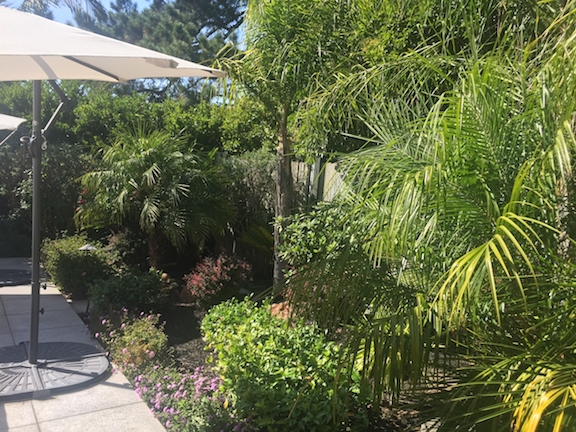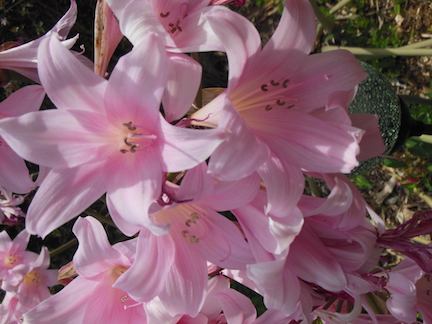Easter Parade
Digging Deep with Goddess Gardener, Cynthia Brian By Cynthia Brian For a burst of bright color and...
Read Moreby VoiceAmerica | Mar 30, 2021 | Empowerment | 0 |
Digging Deep with Goddess Gardener, Cynthia Brian By Cynthia Brian For a burst of bright color and...
Read Moreby VoiceAmerica | Sep 12, 2017 | Empowerment | 0 |
“I went out for a walk and finally concluded to stay out till sundown, for going out, I found, was...
Read Moreby VoiceAmerica | Aug 24, 2017 | Empowerment, Health & Wellness, Women | 0 |
“Those who danced were thought insane by those who could not hear the music.” ~Unknown Can you...
Read Moreby VoiceAmerica | Mar 4, 2016 | Empowerment | 0 |
with Cynthia Brian and Heather Brittany on StarStyle®-Be the Star You Are!® Radio brought to the...
Read More




